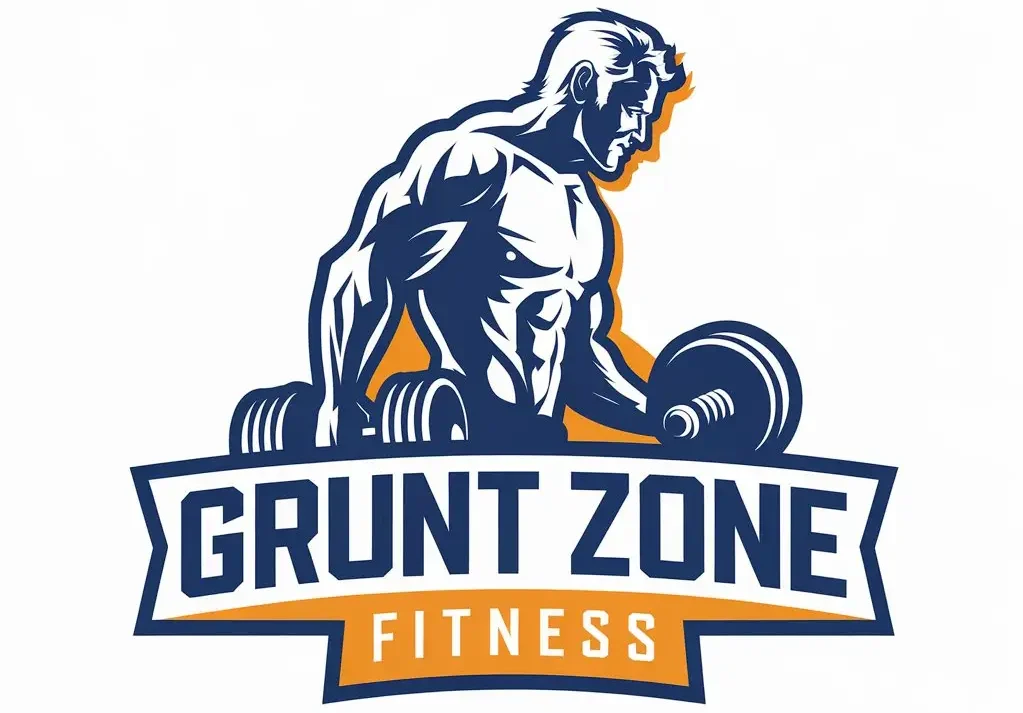
As we move through 2024, more adults over 50 are embracing strength training to maintain vitality, independence, and overall health. Starting or improving a weight lifting routine at this stage of life offers significant benefits, including increased muscle mass, improved bone density, and better metabolic health. However, over 50 weight lifting requires a thoughtful approach to maximize results while minimizing injury risk. This article delivers expert-backed tips, current trends, and actionable strategies tailored for adults over 50 who want to thrive through strength training after 50.
Understanding the Benefits and Challenges of Over 50 Weight Lifting
Why Strength Training After 50 Matters
Research shows that adults lose up to 3-8% of muscle mass per decade after age 30, accelerating after 50 (Harvard Health, 2024). This decline, known as sarcopenia, can impact balance, mobility, and metabolic health. Strength training after 50 not only counters muscle loss but also supports bone density, reduces fall risk, and improves mental well-being. According to the CDC, regular resistance exercise can lower the risk of chronic diseases such as type 2 diabetes and osteoporosis.
Common Challenges and How to Overcome Them
Adults over 50 often face unique barriers, including joint stiffness, previous injuries, and longer recovery times. In 2024, fitness professionals emphasize the importance of personalized programming and progressive overload—gradually increasing weight or resistance to avoid plateaus and injuries. Consulting with a certified trainer familiar with mature adults can help tailor routines to individual needs and limitations.
Building a Safe and Effective Weight Lifting Routine
Key Principles for Success
- Start Slow: Begin with lighter weights and focus on mastering proper form before increasing resistance.
- Prioritize Compound Movements: Exercises like squats, lunges, and rows engage multiple muscle groups and enhance functional strength.
- Allow Adequate Recovery: Recovery is essential for adults over 50. Schedule at least 48 hours between sessions targeting the same muscle group.
- Warm Up and Cool Down: Dynamic warm-ups and gentle stretching reduce injury risk and improve flexibility.
Sample Weekly Plan for Over 50 Weight Lifting
A balanced routine might include two to three strength sessions per week, focusing on major muscle groups. For example:
- Monday: Upper body (push and pull movements)
- Wednesday: Lower body (squats, lunges, calf raises)
- Friday: Core and balance (planks, bird-dogs, stability exercises)
This approach aligns with the American College of Sports Medicine’s 2024 guidelines for older adults, emphasizing consistency and variety.
Expert Insights and Current Trends in Strength Training After 50
Adapting to New Research and Technology
In June 2024, wearable fitness technology and smart gym equipment are increasingly popular among adults over 50, offering real-time feedback and tracking progress. Dr. Samantha Lee, a geriatric exercise specialist, notes, “Technology can empower older adults to monitor their form and recovery, making strength training safer and more effective than ever.” Virtual coaching platforms also provide accessible guidance, especially for those new to weight lifting.
Addressing Reader Questions and Concerns
- Is it too late to start weight lifting after 50? Absolutely not. Studies show significant strength gains and health improvements at any age when following a structured program.
- What if I have arthritis or joint pain? Low-impact resistance exercises, such as resistance bands or water-based training, can be effective alternatives. Always consult a healthcare provider before starting a new routine.
- How do I stay motivated? Setting realistic goals, tracking progress, and joining group classes can boost accountability and enjoyment.
Actionable Tips for Long-Term Success
Staying Consistent and Safe
- Listen to Your Body: Adjust intensity and volume based on how you feel, and don’t ignore persistent pain.
- Incorporate Flexibility and Balance: Activities like yoga or tai chi complement weight lifting and enhance overall mobility.
- Stay Informed: Keep up with new research and trends in strength training after 50 to optimize your routine.
Limitations and Considerations
While over 50 weight lifting offers substantial benefits, it’s important to recognize individual differences. Some may need medical clearance or physical therapy before starting. Progress may be slower than in younger years, but consistency and proper technique yield lasting results.
Conclusion: Embrace Strength and Vitality After 50
Weight lifting after 50 is a powerful tool for maintaining independence, health, and quality of life. By following evidence-based strategies, leveraging new technology, and listening to expert advice, adults over 50 can safely build strength and resilience. Start slow, stay consistent, and celebrate every milestone on your fitness journey this summer. For more guidance, explore related resources on mature fitness and healthy aging.


Leave a Reply